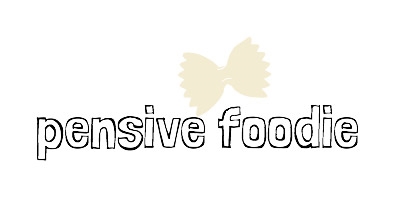"No matter how one may think himself accomplished, when he sets out to learn a new language, science, or the bicycle, he has entered a new realm as truly as if he were a child newly born into the world." -Frances Willard, How I Learned to Ride the Bicycle
A quote lover, I found this a fitting one about the beauty of learning. There are many a splendid thing to explore in this world. If I channeled even an eighth of the energy I use worrying about nonsense and learned a new skill instead, I would probably be a force to reckon with! We all would.
I work with extremely capable web practitioners, and since joining the team I have been anxious to educate myself. Selfishly, I need to do so just to make sense of their conversations (totally foreign language), but more importantly, having been exposed to the ever changing fields of web design and development, I am uber curious as to how it all works.
My boss suggested an excellent resource called Codecademy so I could begin learning the fundamentals. Low and behold, the first course happens to be called, Web Fundamentals. In it, we cover elementary HTML and CSS. Grab your pencils (or Evernote) because class is in session.
HTML stands for HyperText Markup Language. It is the primary coding language that makes up pages viewed in web browsers. Basically, everything that is viewed on the web exists as source code. You can think of HTML as being the skeleton that gives a website some structure. It is text that is governed by syntax, or the rules for communicating. The elements that make up HTML are tags and brackets. Tags are identifiers that tell the text that falls between them what to be and do. Typically tags come in pairs so there must be an opening and closing tag.
What is super cool about HTML is that it can take boring, dreary text and turn it into other elements like images, links, lists, and tables. It must have a head and a body to operate. Thankfully, it is also very logical. It is essential that tags be open and closed in the right order. Think of it like LIFO, last in, first out. Use frequent line breaks and indents to organize the HTML file so that you are less likely to make errors. Guidelines and numbered lines make it like a long-running outline. No matter how complicated it becomes, you can maintain the structure.
I am only getting started, but already my Codecademy lessons coupled with much support from my colleagues have afforded me a solid foundation on the path to web competency. Just hoping not to exhaust my work friends as I make it a habit to bombard them with questions! I have this peculiar compulsion to understand how things work, or at least things that are relevant to me. And, since I spend quite a lot of time and mental energy at work, web development is definitely relevant. It’s going to be a long term investment in learning, partly because the field in itself is evolving literally everyday, but also because it is valuable if not necessary skillset to get acquainted with.
